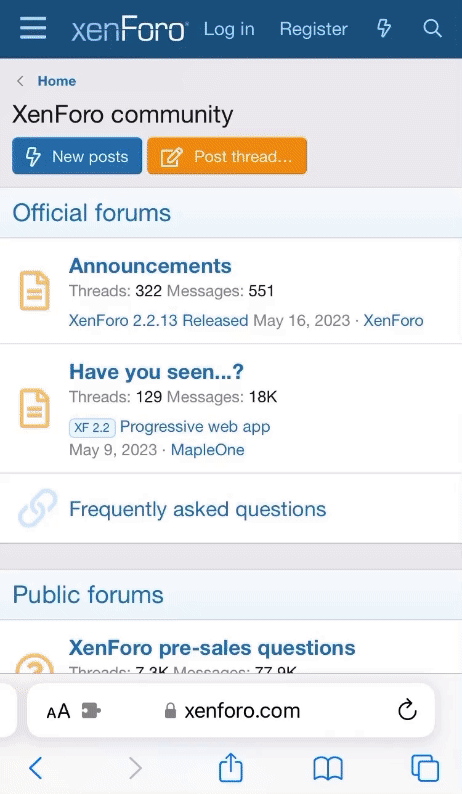There are some rules that need to be followed and certain things about water chemistry that you need to understand, but owning a saltwater aquarium is doable for beginners and those who are on a budget.
In this article we will be going over the basic things that you need to know to get your first saltwater aquarium up and running in no time.
Aquariums.
The first thing you need to decide is how big you want your aquarium to be and what your budget is. If you only have an extra couple hundred dollars, I recommend starting with something in the 30-40-gallon range. If money is not an option to you, go as big as you can. My opinion for beginners is to start between 55-75 gallons and go from there. However, you need to do your own research on species of fish and other inhabitants to consider before making a final decision as it is extremely important to their health that they are housed in an appropriate setup.
The Nitrogen Cycle.

Before setting up your newly purchased aquarium for saltwater use, you need to understand the nitrogen cycle. The nitrogen cycle is similar to that of freshwater but has had many millions of years more time to evolve and become specifically specialized than freshwater, so it can be a bit more technical than freshwater.
To explain, when organic matter begins to decompose, ammonia is released. There are types of bacteria that consume ammonia and the byproduct of this is nitrite. Another form of bacteria consumes nitrite, and the byproduct is nitrate. Nitrite and nitrate are easily confused due to their similar terms, but are very different compounds.
An excess in NITRITE can cause serious harm to your aquarium, poisoning your fish or other inhabitants, resulting in their deaths. On the other hand, NITRATE, is more inert and can be more tolerated by aquatic life.
With that in mind, it is important to follow a series of steps to ensure you have a complete Nitrogen cycle occurring in your aquarium before you introduce livestock. There are many methods to doing this that are quite effective, but it is important to note that it can take several weeks for an aquarium to be considered completely cycled and ready to receive livestock.
I will outline a few methods to this process that can be used but each comes with its own level of caution required. Below I will list the recommended parameters needed to complete your cycle then list a few methods with their own level of caution between 1-5.
Nitrate: Less than 10ppm
Nitrite: Less than 150ppb
Cycle with dry rock/sand: Risk level-2
This means you start with a clean slate. No live rock, live sand, and fresh mixed saltwater. You can begin the process by adding a small piece of raw shrimp, raw fish, or fish food to your aquarium. Allow this material to COMPLETELY decay, then begin testing your water. If your water tests show Nitrite levels are ABOVE 150ppb, allow more time before testing again. Once your water tests are appropriate you may begin adding beginner level fish.
Cycling with liverock/livesand: Risk level-1
This means you start with either live rock, live sand, or both. This is your immediate gateway toward success. Most beneficial bacteria grow in these environments, and you already have the key component to your healthy ecosystem in the palm of your hand. All you need to do now is set that bad boy up and do some water tests. After a week or two if your parameters meet the ones listed above, get yourself a fish or two. However, continue to monitor the health of your aquarium closely. Although you have a major head start, it does not mean you are home free. Continue to do regular tests on water quality and keep a close eye on your Nitrate/Nitrite levels.
Cycling with fish: Risk level-4
With this method you will skip cycling before adding livestock and cycle with fish introduced to the aquarium. Fish produce waste which then produces ammonia, and the cycle continues. With this method you will be able to enjoy the aquarium, with fish included. The only concern at this stage is that the fish may not be able to survive this process. You should consider what fish are hardy and can withstand the pressures of the environment, making them suitable for this operation. Damsels, Clownfish, and Chromis are generally your best options.
Cycling with coral: Risk level 5
This is the most difficult and, by far, the least recommended option for cycling a saltwater aquarium. Corals are much more susceptible to their environment than fish and require more “tender love and care.” There are some species of coral, however, that can survive the cycling process given that it is done carefully and properly. Such species are: White Xenia, Kenya Tree Coral, and some Toadstools. I highly recommend that you DO NOT attempt this method as a beginner aquarist in the saltwater world.
Cycling is not a difficult process and can be done by the most inexperienced of aquarists. Patience is key to this process and should not be rushed. In conclusion to this step I recommend that you begin with starting your aquarium with live rock and live sand to begin the process with a head start.
Beginner Livestock:

Before we dive into what livestock is best for beginners, you must understand that you cannot simply dump your fish into your aquarium and hope for the best. Acclimating your new livestock whether fish, invertebrate, or coral is key to the health of your new addition. You must get your new livestock accustomed to the salinity, temperature, and other parameters of YOUR aquarium.
I like to first pour out at least ¾ of the water in the bag and use a drip system, easily constructed with a valve and some tubing, to drip my water into the bag the fish arrived in. Once the bag is filled to the original volume, I put the bag into my aquarium and let it float (Ensuring there is no spillage) for 30-40 minutes. I then introduce my livestock to the aquarium by net or hand. DO NOT pour LFS water into your aquarium.
With that out of the way, here is a list of great beginner fish, invertebrates, and corals:
Fish:
- Clownfish
- Damsels
- Chromis
- Royal Gramma Basslet
- Purple Basslet
- Hawkfish
- Cardinalfish
- Gobies
- Firefish
Invertebrates:
- Turbo Snails
- Hermit Crabs
- Scarlett Skunk Cleaner Shrimp
- Peppermint Shrimp
- Emerald Crabs
- Tuxedo Urchins
- Coral Banded Shrimp
Corals:
- White Xenia
- Kenya Trees
- Green Star Polyp
- Toadstools
- Zoanthids
- Mushroom Corals
You need to remember that your aquarium will only sustain a certain amount of biological activity, so you need to take care to not overstock your aquarium depending on the size. I typically recommend 1 fish per 10-15 gallons of water depending on the size of fish.
It is also important to do research on each individual species you wish to introduce to your aquarium so you understand their individual needs.
Conclusion.
Setting up and running a saltwater aquarium is only as difficult as you make it. There is a wealth of information online and new technologies are being introduced to the market constantly. Remember to do your research on the individual species you wish to own as not all species are compatible and some will even eat coral if you have them.
Remember to take your time and don't rush anything! Nothing in this hobby happens overnight!
I certainly hope this article was of assistance to you and I wish you the best of luck in setting up your very own saltwater aquarium!

